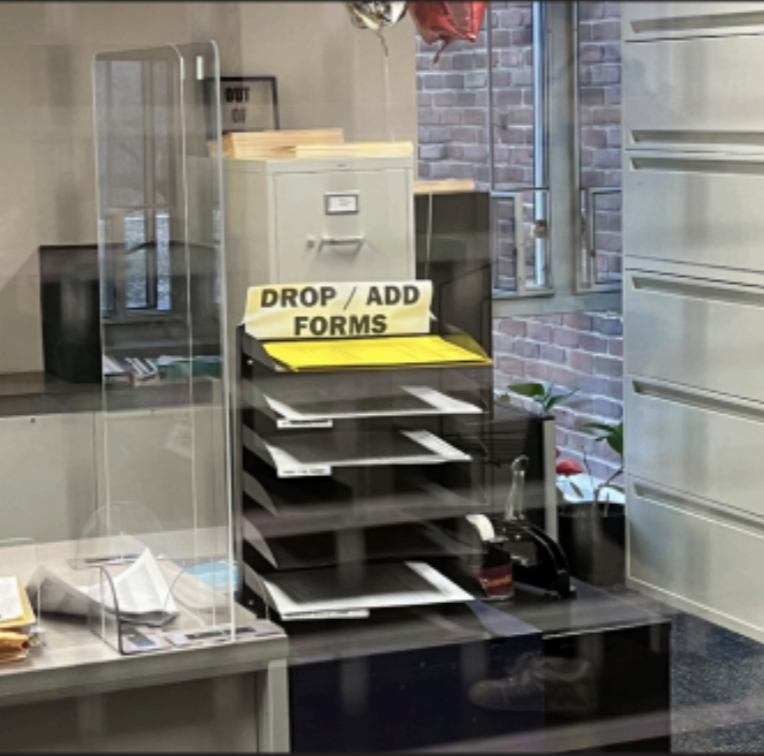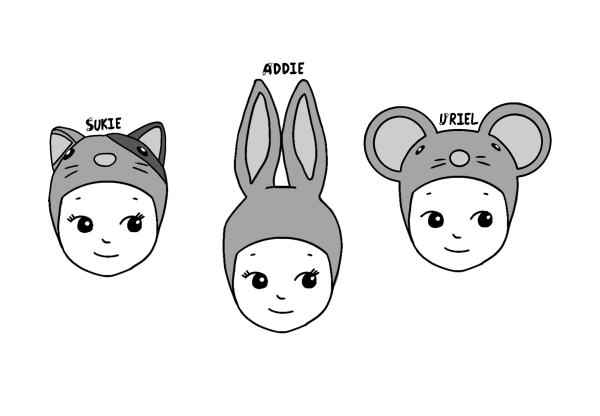The Highs And Lows of Add-Drop
Faculty Reacts to Parker’s Add/drop Period
The add-drop period is a two-week period at the beginning of each semester where students can add or drop electives or classes. It’s a system that revolves fully around students for their own benefit. The add-drop period can be beneficial for many types of students, from whether they think they have too much going on in their schedules and need that extra break, or whether they want to change their P.E. class, but what do teachers and faculty really think about it?
“My opinion on add-drop is that it goes on too long. One week too long,” Parker Art Teacher Kay Silva said. Silva teaches two arts electives in the Upper School this year, a ceramics elective and a fashion design elective, along with teaching 4th and 8th grade art.
“The thing that’s most frustrating about it being two weeks long is that I can’t jump in with a super rigorous curriculum on day one,” Silva said, “To wait two full weeks to jump super deep into the curriculum, because you know if you get five new kids they won’t know any of the stuff you just did, is really difficult.”
Silva believes having only one week of add-drop would be more beneficial. But while Silva believes that the add-drop period should be shorter, Registrar Matt McCaw is content with the system currently in place. “I definitely think the
school works better when the students have the ability to make those changes as long as possible,” McCaw said. During the two weeks of add-drop, students can make changes to what classes they are in and make their schedule work better for them.
“I know what it is like when you are in school and you don’t have enough control over what you are doing and it’s frustrating and affects your education,” McCaw said.
McCaw believes that add-drop allows students to be more interested and engaged in their classes. “We want students to be in classes they are excited about,” McCaw said. “Schoolwork is much better and education works better when people are doing things that they want to be doing and are able to change out of things.”
The add-drop period applies to math as well. “Senior year, kids use add-drop if they thought they were going to take calc but they want to take stats or if they thought they would take stats but they want to take calc,” Upper School Math Teacher Wendy Olt said.
During this period of time, students can also switch down math classes if they are too challenging. Olt believes that there is a certain balance needed to have success in a class. “We want every student to have a balance in their class of feeling challenged and feeling success, and if that balance tips either way that’s how you know a level change is necessary,” Olt said.
The system of add-drop is helpful to classes such as language classes as well where knowledge is built up and used throughout however many years the language is taken. Upper School Spanish Teacher and Department Co-Chair Liz Villagomez sees the benefits of add-drop in her class. “Ideally we want all of our students to stick with the language they have elected but the reality is that some- times it’s very difficult for many students to move on to those higher levels,” she said. It can be beneficial for teachers to let students know that it could be better to start at a lower level to solidify what they have already learned before moving on. “I try to make the student understand what I have seen and what I think might be beneficial for them in the long run.” Villagomez said.
While add-drop is beneficial in many ways, Silva has had some bad experiences with it. “Last year I had a pretty full sculpture class. I think there were twelve people, and then seven dropped, and they were all seniors who wanted to move together to another class. They just played the system to get their friend group together.” Silva had started the year with a full class, and ended the add-drop period with 5 of the original students. “It just shuffles the group in a negative way,” Silva said.
Silva believes that there should be reform to the system because teachers can be negatively affected by the system. Reform may be what Silva wants, but McCaw believes that the current system is working well. “We’ve had a very similar system in place for many years now and made adjustments as we’ve gone but I think it works very well.” McCaw said.
Add-drop is beneficial for hundreds of students in the highschool, but can be detrimental to some teachers. It fortifies the belief that students learn better while in classes they are interested in, and are more driven to do work if they are excited about the class.








